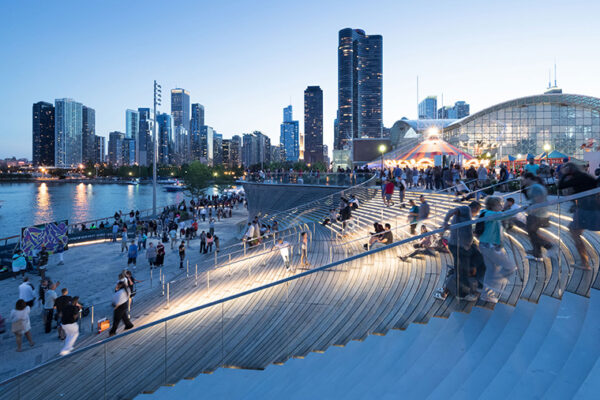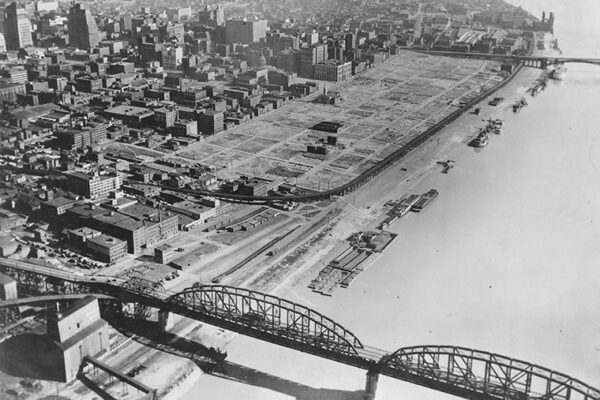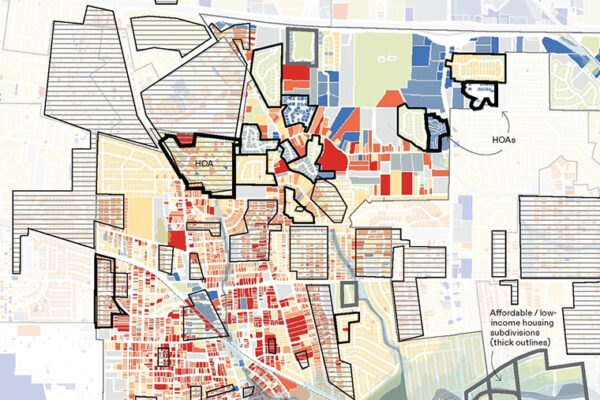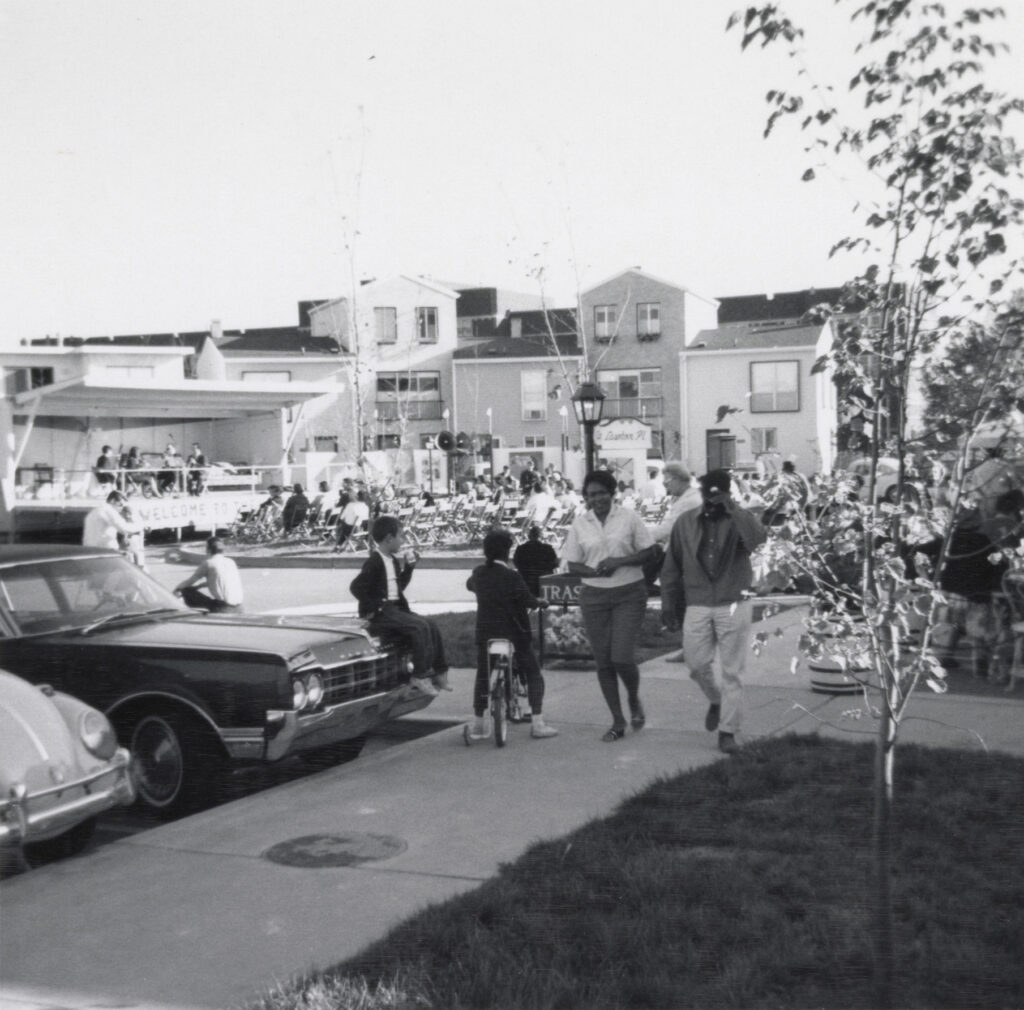
How do values shape design? Can spatial intervention repair injustice? Can neighborhood rejuvenation strive to “first, do no harm”?
On Oct. 25 and 26, the Mildred Lane Kemper Art Museum and the Sam Fox School of Design & Visual Arts at Washington University in St. Louis will explore the state of the city today, as well as new visions for the built environment, with the “Design Agendas” public symposium.
Presented in conjunction with the exhibition “Design Agendas: Modern Architecture in St. Louis, 1930s–1970s,” the symposium will include lectures and panel discussions featuring more than 20 architects, urban designers and planners, elected officials and city residents.
“This is meant to be a dialogue,” said Matthew Bernstine, associate director of the Sam Fox School’s Office for Socially Engaged Practice. “We want to include a range of perspectives beyond the academic. The idea is to highlight ongoing issues and to center the lived experience of St. Louis.”
Bernstine co-organized the symposium with Meredith Lehman, head of learning and engagement for the Kemper Art Museum. She notes that discussions will build on themes explored in the “Design Agendas” exhibition, which examines the legacy of St. Louis modernism.
“In a way, the symposium offers a chance to ‘talk back’ to the exhibition,” Lehman said. “The goal is to investigate how past design agendas have impacted the St. Louis community — and to engage the people who are setting those agendas today.”
Keynote and panel discussions
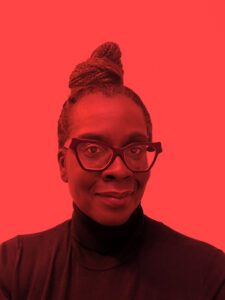
Toni L. Griffin, a professor in practice of urban planning at the Harvard Graduate School of Design (GSD), will present the keynote address Oct. 25. As founder of urbanAC, Griffin helped develop the Chouteau Greenway Framework Plan, (now known as the Brickline), which aims to improve links between St. Louis neighborhoods, parks, businesses and cultural institutions. She also leads The Just City Lab, which produces tools, masterclasses, publications and case studies relating to values-driven design.
“The last 30 years have been a battle of urban reclamation,” Griffin writes in “Urban Disobedience: 99 Provocations to Disrupt Injustice in St. Louis,” a publication collecting work developed for her GSD course of the same title. “But how is this done in a manner that reconnects and heals past injustices?”
Panel discussions, which take place Oct. 26, will explore city planning; the role of culture, identity and memory in preservation; civic architecture; and participatory design futures. Participants will include Gwen Moore, curator of urban landscape and community identity for the Missouri History Museum; Patty Heyda, a professor of urban design at the Sam Fox School; Aaron Williams (AB ’08), co-founder of 4TheVille; and Sarah Aronsky, vice president of Greater St. Louis Inc., among many others.
All events are free and open to the public, but space is limited and registration is required. For a complete schedule and a full list of panelists, visit kemperartmuseum.wustl.edu.
Additional support for the “Design Agendas” symposium is provided by CRE2, WashU’s Center for the Study of Race, Ethnicity, and Equity; and by Here and Next, WashU’s 10-year strategic vision.
“Design Agendas: Modern Architecture in St. Louis, 1930s–1970s” remains on view through Jan. 6. The Kemper Art Museum is located on WashU’s Danforth Campus, near the intersection of Skinker and Lindell boulevards. Follow the museum on Facebook, Instagram and YouTube.
